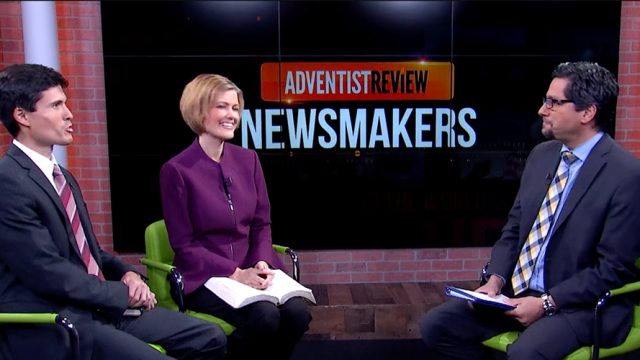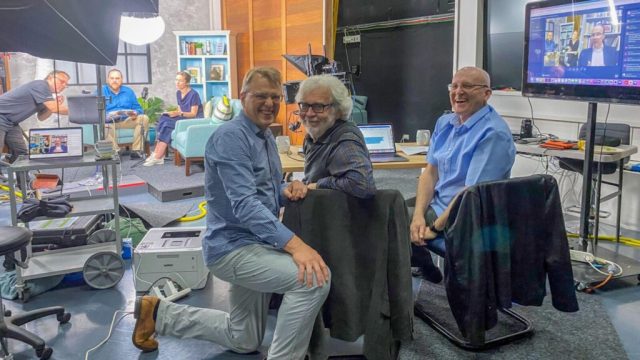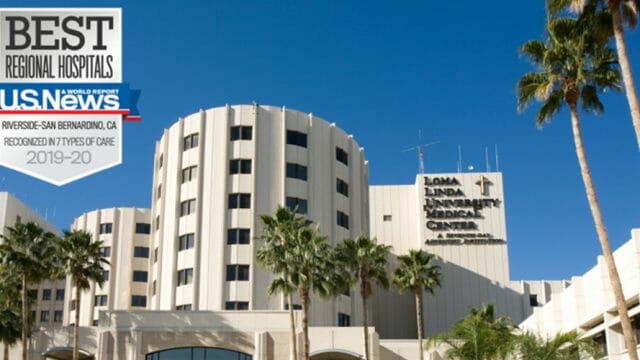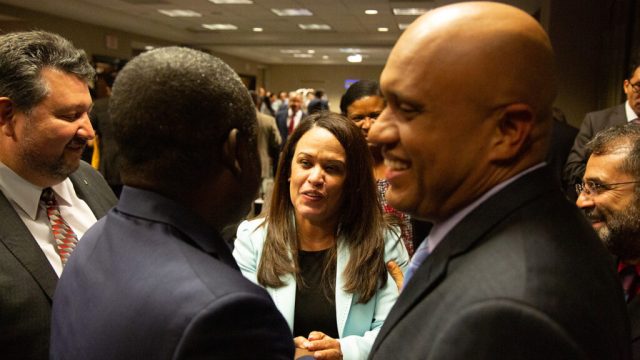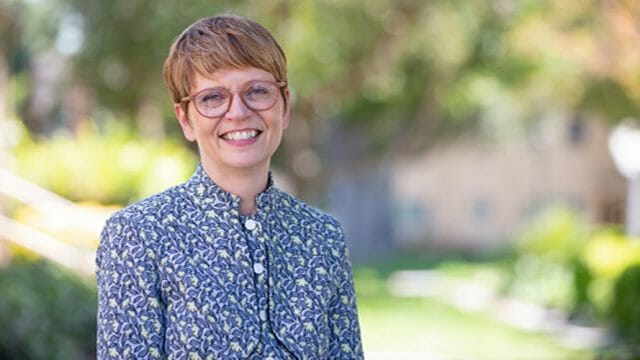In Japan evangelistic challenges and opportunities go hand in hand.
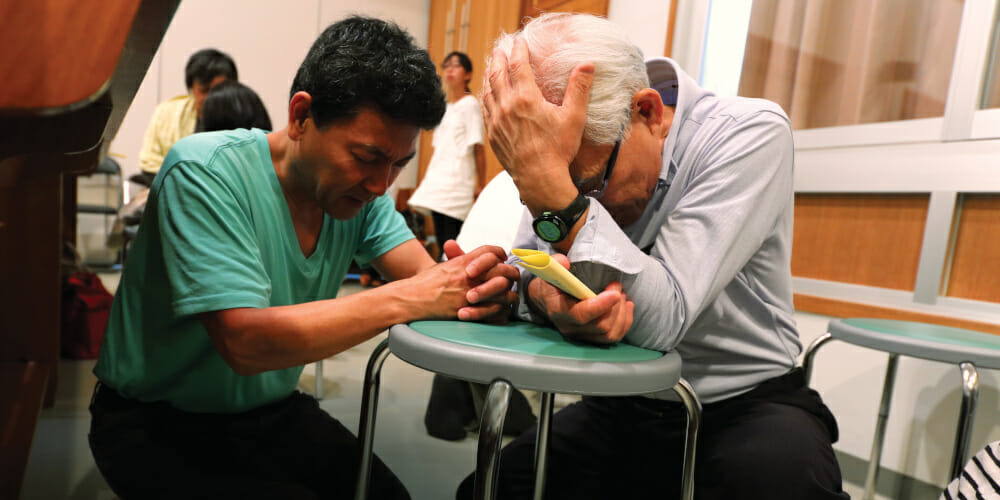
As part of All Japan 2018 Maranatha coverage, Adventist World senior correspondent Marcos Paseggi visited several cities in Japan in order to share stories coming out of this milestone initiative. Below, Marcos provides thoughts and reflections on the challenges and opportunities of evangelism in Japan.—Editors.
A sunny Sunday soon turns into a bleak afternoon in Hiroshima, Japan. The Shinkansen (bullet train) drops me at Hiroshima Station in the early afternoon. The local Adventist church, where evening evangelistic meetings are taking place, is just 1.8 kilometers (1.1 miles) from where the first-ever atomic bomb fell on August 6, 1945. Since it is still early, I decide to make a stop at the Peace Memorial and the nearby commemorative museum. It is a sad, gray place, a reminder of humanity’s ability to obliterate itself to nothingness.
By the time I leave it’s raining steadily. Running to avoid getting drenched and a little numb from the dreadful mementos of annihilation I have just seen, I get into the wrong river taxi! When I realize my mistake, it’s too late—instead of heading north, the boat ends up taking me a half hour south through an open sea to Miyajima Island.
As I wait for the next boat back to the city in Miyajima, I follow the throngs to the nearby world-famous Itsukushima Shrine. Even under pounding rain, hundreds of Japanese and foreign tourists huddle to pay their respects to the kami, the spirits Shinto followers revere. I watch the worshippers closely. They are many, and they seem so sincere! How can the Seventh-day Adventist Church ever thrive in that increasingly secular nation?
Challenges to Evangelism
In a sense, sharing Jesus in Japan is more challenging than in many other nations, says Japan Union Conference president Masumi Shimada. “Japanese culture . . . traditionally practices polytheism, [which] is a very inclusive worldview,” he explains. “Christianity, on the other hand, advocates monotheism, a very exclusive worldview. In Japanese culture we treasure our human relationships more than our relationship with the Absolute Being.” The challenge, he says, is to share the absolute everlasting gospel in a country that treasures relativity.
Given this and other singularities, is there a method of engaging in evangelism that works better than others in Japan? Not necessarily, says Shimada. “I believe there is . . . no supreme way of doing evangelism in Japan.” At the same time, he concedes that the success of this year’s evangelistic meetings has challenged some long-held notions. “Traditional evangelistic series have been thought as outdated, but this year’s [evangelistic meetings] have led us to a new way of thinking,” he says.
Ron Clouzet, Northern Asia-Pacific Division ministerial secretary, agrees. “The general understanding from the Japanese is that no method used elsewhere is likely to work in Japan. [But] I have found this less true than most think,” he says. According to Clouzet, who held evangelistic meetings in Japan in 2017 and 2018, “the one method that works better in Japan is the one method that works better anywhere else in the world: evangelism as a lifestyle, member revival, careful planning, sufficient evangelistic training, and substantive public reaping meetings with the objective of leading people to Christ, His teachings, and His church.”
Sensible Wisdom
And what about the assertion that the Japanese react less to “emotional preaching,” and better to a “rational” message they can meditate on? It’s true, says Clouzet, as it is also true of other Asian and European people.
Social changes are increasingly coming into play, however. Shimada explains that until the 1970s, people who gathered in Christian churches in Japan were mostly young students. However, in the 1980s, around the time of rapid economic growth, the kinds of people who gathered in churches also started to change. “In a good way, churches’ atmosphere began to seek for not just logical but emotional and spiritual messages as well,” he says.
These changes do not mean that the church must share a different message. “There is no need to change the core of our message,” says Shimada. “[But] we need to figure out a way to adapt our message to various cultures. And [to do that], we need sensible wisdom.”
In Japan or elsewhere, the key elements of successful evangelism are the same. “The key is sufficient and sustained exposure to God’s Word,” says Clouzet.
Shimada adds, “We must think about not only the kind of message to share but also the need to grow in spiritual maturity as a church under the guidance of the Holy Spirit.”
Superabundant Grace
Hiroshima is an important city for Japanese Adventists. Besides a spacious church building, the Adventist Church operates two schools, including a boarding academy. In a city once shrouded in death and destruction, God’s superabundant grace is overcoming. (See “The Hiroshima Miracle” archives.adventistworld.org/2011/august/the-hiroshima-miracle.html.)
Strategically, evangelistic meetings are taking place not in the main sanctuary, but in a small, rather cramped, annex. I am told 24 nonmembers are attending that night. The pastor, dressed in business casual, seems very engaging. I can’t understand the Japanese program or the message. From the slides, however, I can tell he is discussing the law of God.
I see visitors laughing and pondering. I see them opening their Bibles with the help of members, capturing every word, every sentence. I see faces touched by the Word of God.
I leave in high spirits at the end of the meeting, as I anticipate a bright reawakening of the Adventist message in Japan.
“This effort gave us hope for the evangelistic work in Japan,” says Shimada. “We have witnessed new baptisms, have reclaimed missing members, have seen reconciliation, and [heard] moving testimonies. This fall many churches are planning another series.”


